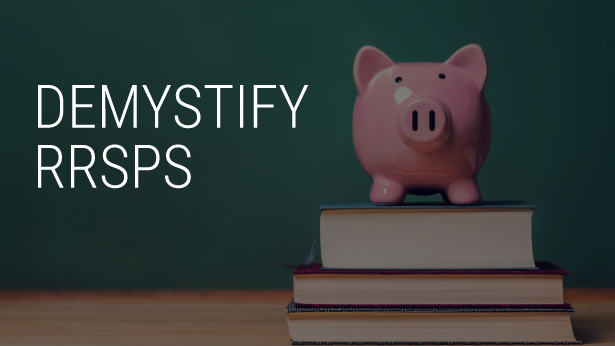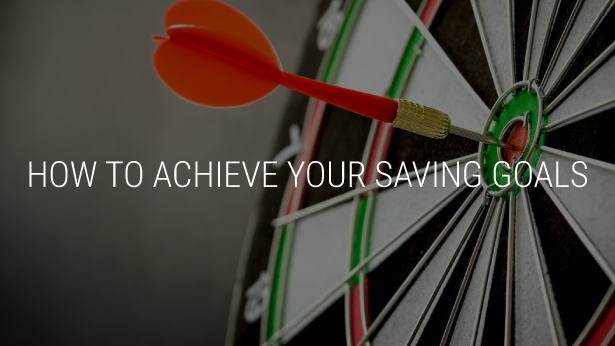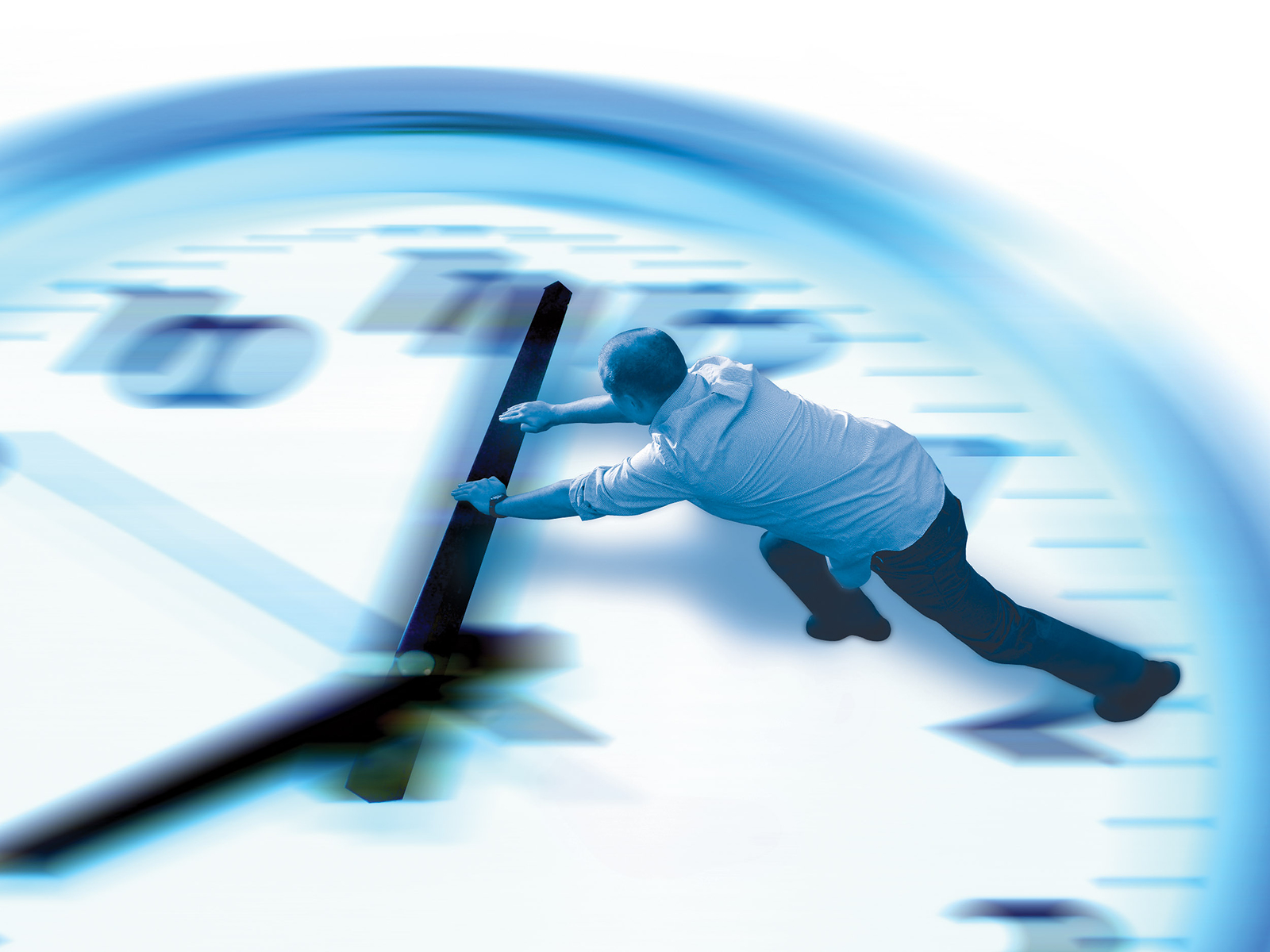Dipping your toes into new waters may make some people a little uneasy. When you hear RRSP some of us know enough about the subject to not look like a complete fool but do not necessarily understand most of the basics, not to mention all the in-depth information that should be known if someone has or is thinking about opening a RRSP account. What is an RRSP anyways and what do people do with them. Here is a little help in demystifying RRSP’s.
What is an RRSP?
An RRSP stands for Registered Retirement Saving Plan. This personal Canadian account is meant to for savings and investment assets. Once established, your spouse or common law partner may contribute as well. First introduced in 1957 and registered with the Canadian federal government, the idea was to promote savings for retirement.
RRSP contributions can be used as a tax deductible and your portfolio grows tax sheltered as long as any income earned in the RRSP remains in the plan. You generally have to pay tax when you receive payments from the plan.
Various investments which a RRSP may contain are RRSP savings deposits, treasury bills, guaranteed investment certificates (GICs), mutual funds, bonds and equities.
What is the point of a RRSP?
There are two main benefits for having a RRSP account.
- There is no tax on interest, dividends or capital gains inside the RRSP
- If your marginal tax rate at the time of withdrawals is lower than your tax rate when you made the contributions an RRSP is more profitable for you.
Many wait until retirement to draw on their RRSP’s as their income is lower which results in less taxes.
How much can I contribute?
You may contribute 18% of your earned income from the past year, plus any accumulated, unused room from previous years. Note that there are annual maximums in which you should avoid exceeding. You can verify your exact allowable contribution on your notice of assessment you receive from Revenue Canada.
Is it possible to take money out tax free?
Yes, there are two ways to withdraw money tax free from your RRSP
- With the federal Home Buyers’ Plan, persons purchasing or building a home for the first time may withdraw up to $25,000. In order to have this money tax free you must repay the amount back into your RRSP over a period of 15 years
- With the Lifelong Learning Plan you or your spouse may withdrawal up to $20,000 to pay for full-time education or training with an annual limit of $10,000. The money is ideally paid back within 10 years, however, if less than the minimum amount is paid in any particular year, the difference that was not paid is added to your income and as a result is taxed accordingly.
Am I able to withdraw for individual needs before I retire?
Anyone can withdraw money from their RRSP at any time, however, your financial institution will take a portion of the withdrawal as tax and forward it to the federal government and the amount withdrawn is added to your income for the year. Here is how the tax is calculated:
| Withdrawal amount | Taxable amount (%) |
| Up to $5,000 | 10% |
| Between $5,000 and $15,000 | 20% |
| Over $15,000 | 30% |
A RRSP is easy to put money into but hard to take out without being taxed. If any of the benefits, such as The Federal Home Buyers plan or the Lifelong Learning Plan, are beneficial to you or if you just want to be sure you have a secure retirement plan for your golden years it is a good idea to talk to your financial planner. If you are under the age of 72 years and earn income, you are encouraged to take advantage of the benefits an RRSP can offer.



 Article précédent
Article précédent




